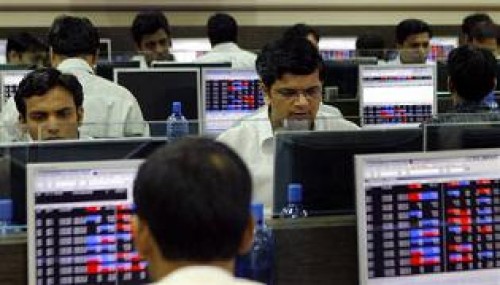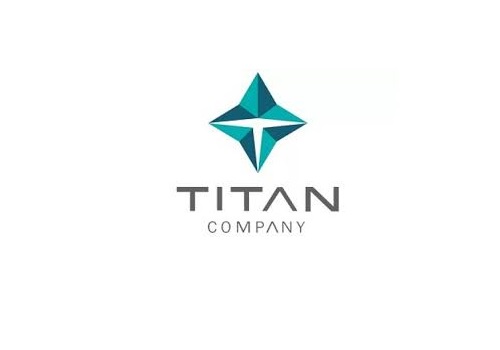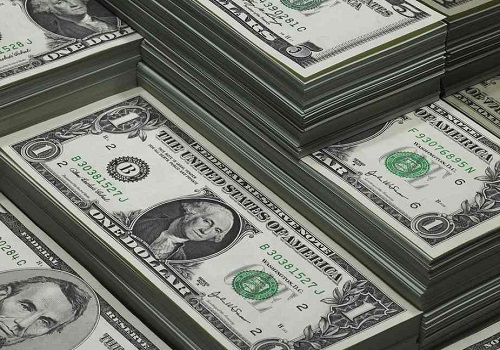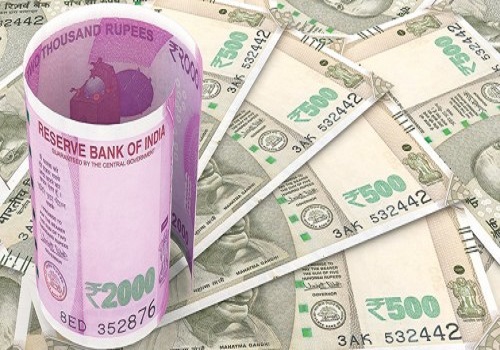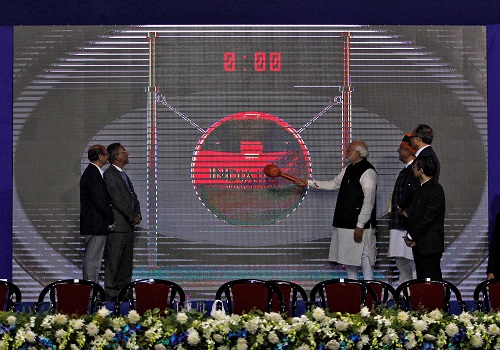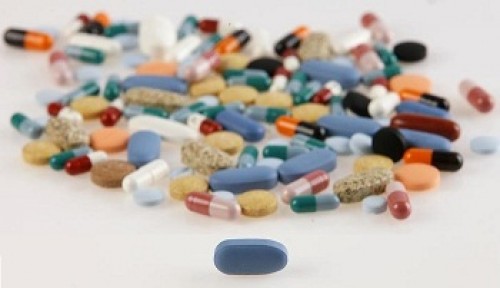Oil and Gas Sector Update - Marketing margins – an elixir for OMCs By Motilal Oswal
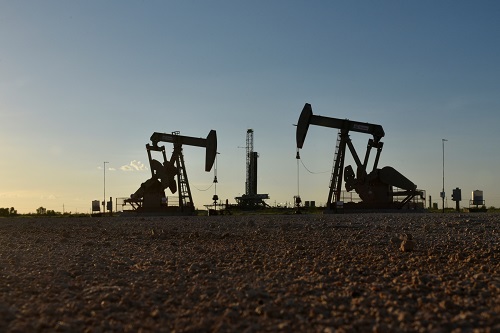
Follow us Now on Telegram ! Get daily 10 - 12 important updates on Business, Finance and Investment. Join our Telegram Channel
Marketing margins – an elixir for OMCs
* The COVID outbreak has brought about huge volatility in the Oil and Gas space, resulting in highly unpredictable margins. Refiners continue to face the longest stretch of poor refining margins. Although, for OMCs, marketing margins have truly been an elixir.
* As highlighted in our recent report Saudi turns messiah once again…, voluntarily cutting an additional 1mnbopd has led to a spike in Brent prices (~USD55/bbl currently v/s USD44.3/bbl in 3QFY21).
* Retail auto fuel prices in India have reached all-time highs, thus restricting gross marketing margins to INR1.7–2.7/lit (v/s INR4.5–5/lit in 3QFY21). However, gross marketing margins in FY21’TD still average INR6.5–7/lit (well above the long-term average of ~INR3/lit).
* Reflecting on the taxes, the government increased excise duty on petrol and diesel by INR13–16 in CY20 – an increase of 65–100% YoY (despite average crude prices declining ~35% YoY to ~USD42/bbl in CY20). Despite the rise in excise, OMCs have protected their marketing margins well.
* As per our current assumptions:
* We expect crude oil prices to hover in the range of USD50–60/bbl as production from the US increases and OPEC+ production normalizes (from cuts of ~8.1mnbopd).
* We do not expect the excise duty to be hiked further. In fact, the government has intervened at instances when retail prices have peaked. Thus, there is room to lower the excise duty from current levels if crude oil prices rise. Despite a disruptive year, excise duty collections in FY21’till-Nov were up ~48% YoY to INR1.96t, while indirect tax collections (GST, customs, excise and others) were just 2% lower YoY at INR6.05t.
* We model gross marketing margins at INR3.3/lit for petrol and diesel over FY22–23E.
* The current curtailment in gross marketing margins comes at a time when petroleum product demand in India has recorded growth exceeding pre-COVID levels – resulting in better absolute marketing segment nos. for the companies. In our view, as crude oil prices stabilize, OMCs would raise their gross marketing margins on auto fuels.
* We reiterate our belief in the sustainability of marketing margins around the longterm average (if not higher) – while aiding poor refining margins in the short term as well as cushioning against possible inventory loss.
* We maintain our positive stance on OMCs (with IOCL as our top pick).
Marketing margins to the rescue
* Since the deregulation of retail fuel prices in 2014, the government has implemented excise duty cuts twice, in Aug’17 and Sep’18, due to the peaking of Retail Selling Prices (RSP) at these times (refer to exhibit 5-6).
* In India, taxes constitute 57–62% of RSP, with excise alone forming 39–43% of RSP. This leaves huge room for the government to reduce the excise duty when crude oil prices are high.
* As per our analysis, sensitivity to change in excise duty on auto fuels by INR1/lit results in change of INR120-130b in government collections.
* The government (through excise) and OMCs (through gross marketing margins) have been using margins on auto fuels as a key tool to manage their finances/profits. To put this into perspective, OMCs increased their gross marketing margins to INR3–5/lit over FY19–20 (from INR2.5-3/lit in FY16-18) as SG GRM contracted to USD3–5/bbl (from USD6–7/bbl - refer to Exhibit 1).
* As per our analysis, OMCs need a hike of just INR0.3–0.6/lit to compensate for loss of USD1/bbl in refining margins. For FY21’TD, the SG GRM average stands at ~USD0.1/bbl, with gross marketing margins at INR6.5–6.7/lit (up INR2–3 YoY). OMCs reported implied marketing margins, including inventory gains (on all products) of INR6–9/lit in 1HFY21.
Refining margins to improve from trough
* Despite the optimism surrounding vaccines and changing macros globally, demand concerns continue to be the biggest constraint on recovery in refining margins. Refiners are facing the longest stretch of poor refining margins, and simple refiners are likely to bear the brunt of this.
* As per IEA, refining capacity of ~1.7mnbopd is expected to be closed down permanently (combined) over 2020–21, with the maximum closures expected in the US (~1mnbopd – permanent closures or conversions to bio-refining).
* We believe even China’s teapot refiners (which are operating at all-time high run-rates of 72–77% post the easing of the COVID lockdowns – refer to Exhibit 17) would see huge shutdown on the back of environmental concerns in China. This would be further weighed by a poor refining margin environment. As per Wood Mackenzie, ~1.2mnbopd of teapot refinery capacity is expected to close over the next 1–2 years.
* Factoring in the aforementioned closures of refining capacities, along with an improvement in product demand from current levels, we believe refining margins should improve going forward. Hence, we build-in a normalized margin scenario of USD5–6/bbl for FY22/FY23E.
* Also, various refiners across the globe are integrating their refineries with petchem units (to capitalize on the huge potential in the Downstream Chemicals market and improve economics/spreads with forward integration).
To Read Complete Report & Disclaimer Click Here
For More Motilal Oswal Securities Ltd Disclaimer http://www.motilaloswal.com/MOSLdisclaimer/disclaimer.html SEBI Registration number is INH000000412
Above views are of the author and not of the website kindly read disclaimer
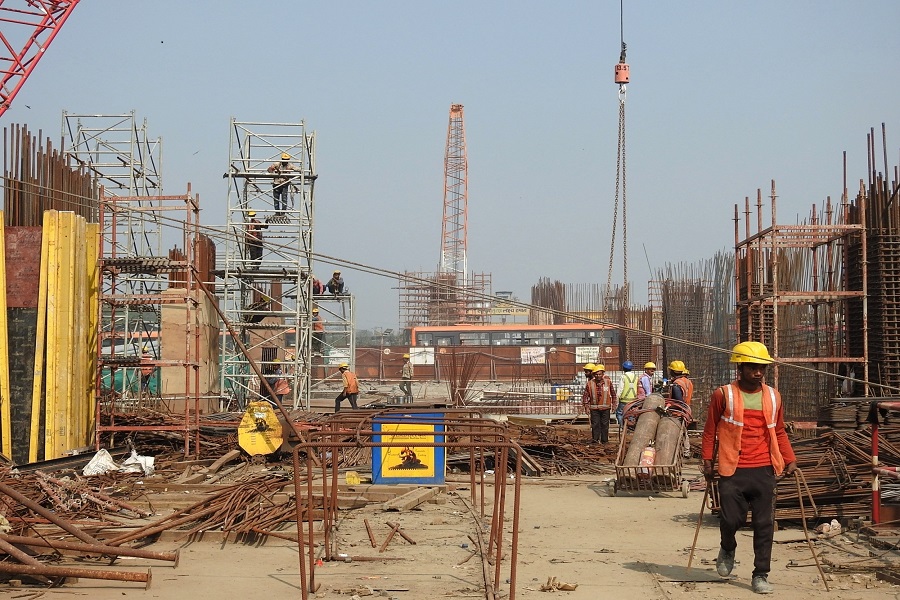


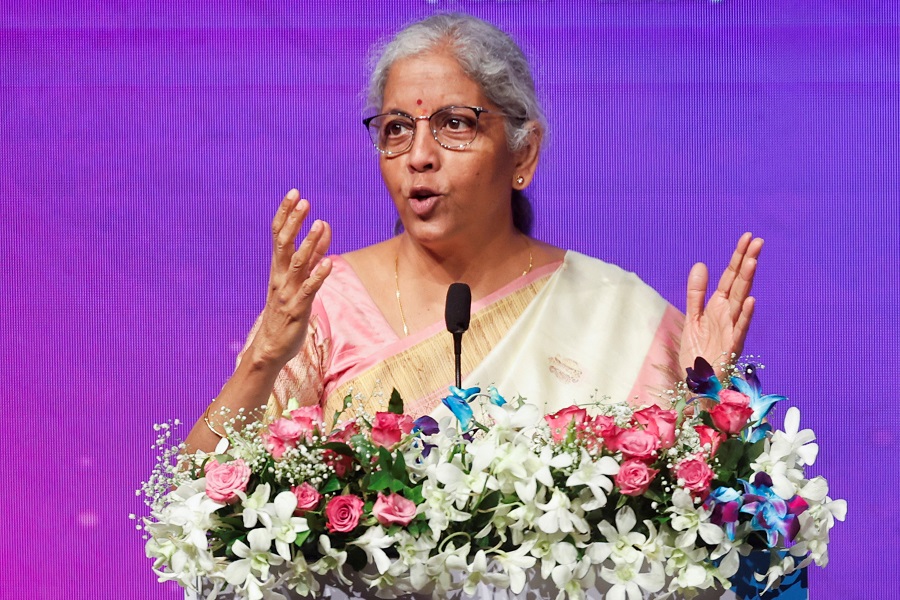
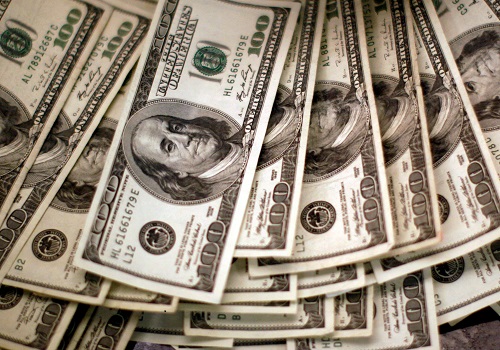




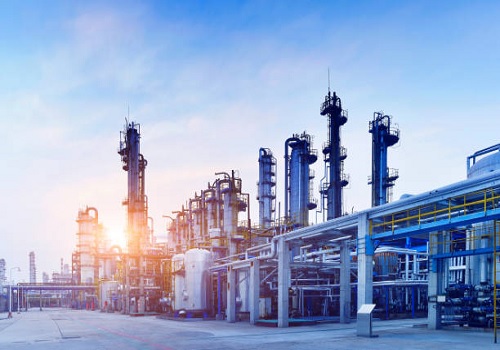
Tag News
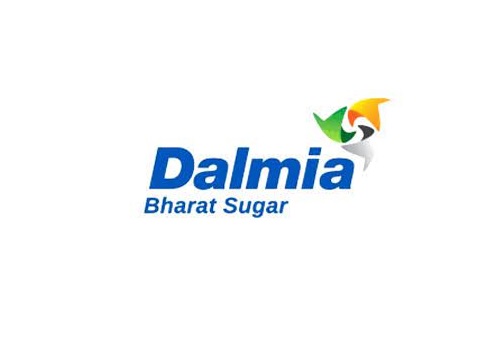
Buy Dalmia Bharat Ltd For Target Rs.2,400 - Motilal Oswal Financial Services Ltd

